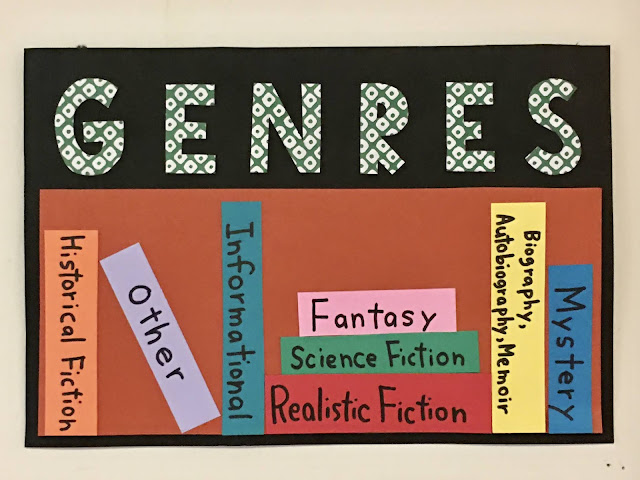This week, we learned about the learning zones. The tasks we work on as learners can be sorted into the following categories: panic zone, stretch zone, and comfort zone.
Tasks in the panic zone are too hard for us at the time. Even with help, we wouldn't be able to complete them yet.
Tasks in the comfort zone are too easy. We would be able to complete the tasks without making mistakes. This is not good because mistakes help us grow.
Tasks in the stretch zone are just right. They are challenging enough that we need to stretch our brains to complete them, trying out different strategies, working with other learners, or asking for help from the teacher. This idea of learning zones is an adaptation of the Zone of Proximal Development, coined by an influential psychologist Lev Vygotsky.
As self-regulated learners, it's important that we choose tasks that are in the stretch zone.
Once we learned about the learning zones, we applied the concept in math.
In the task you can see in the photo above, we inquired into the following question: How can we represent fractions in different ways? We used tangram shaped paper representing various fractions to create other fractions.
The problems become increasingly harder towards the right.
For example, in the example above Keira used pieces representing 1/4, 1/8, and 1/16 to represent 7/4. She also converted the fractions into decimals and percent as well.
Friday afternoon was filled with so much fun!
We had an MPP (Multi-purpose Party) for the following purposes:
The "first student of DSKI" and "bat" above set up a treasure hunt with clues for us to solve!
Below, you can see our decorations for the DSKI Halloween Door Contest!
For this project, we used our social skills and communication skills to create these two AMAZING designs!
Happy Halloween everyone!
Have a fantastic fall break!























